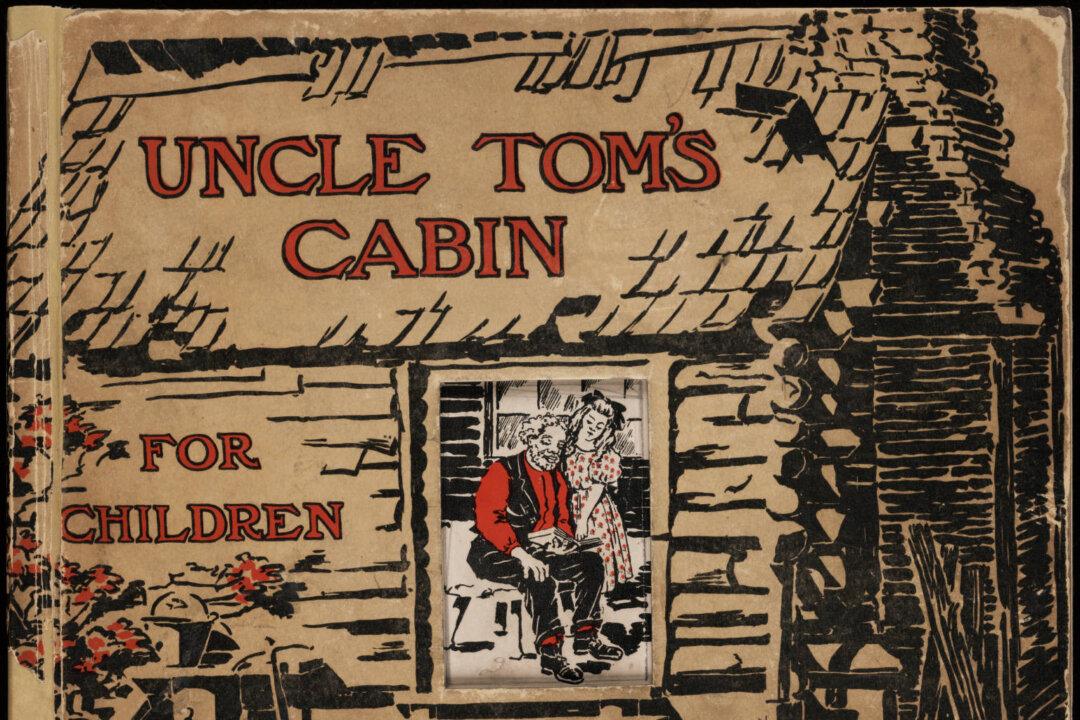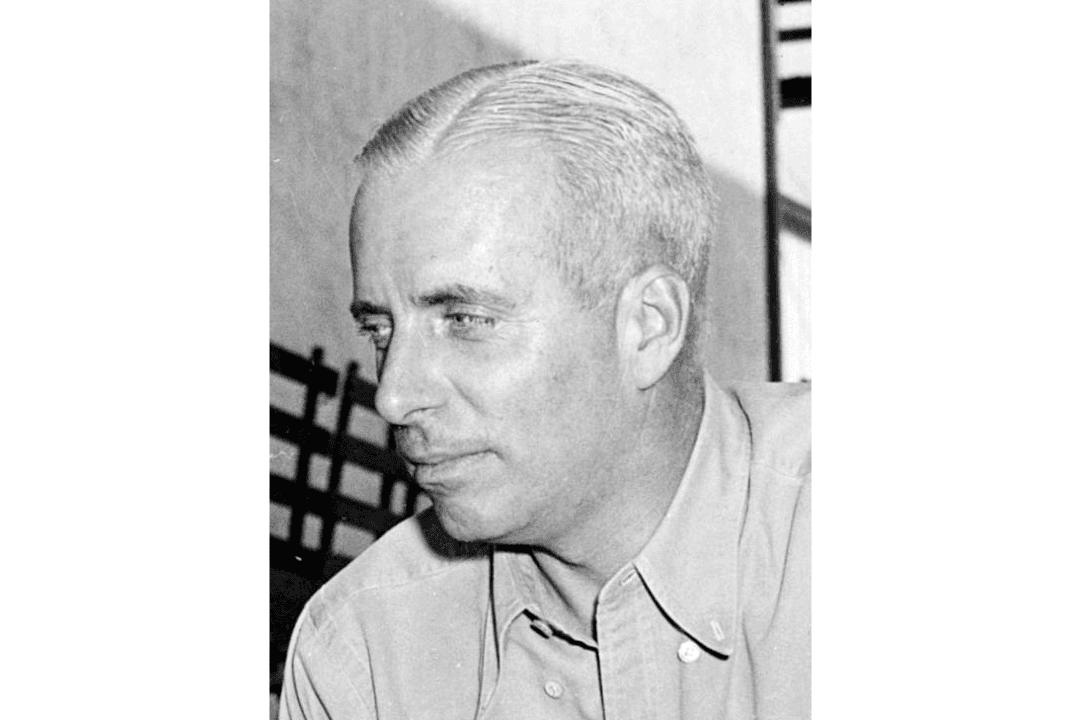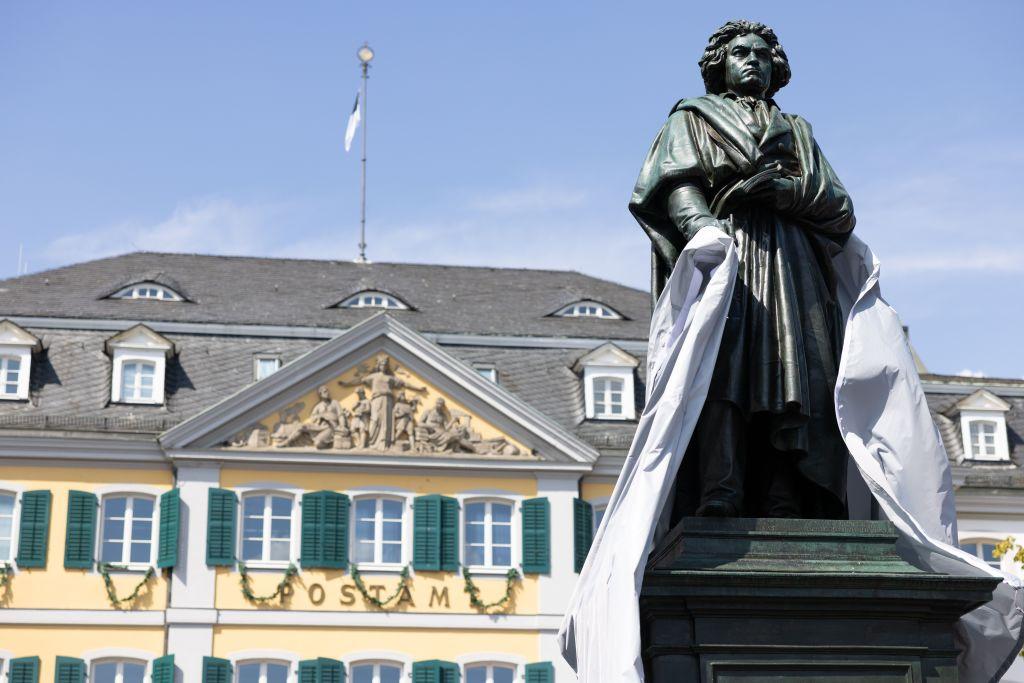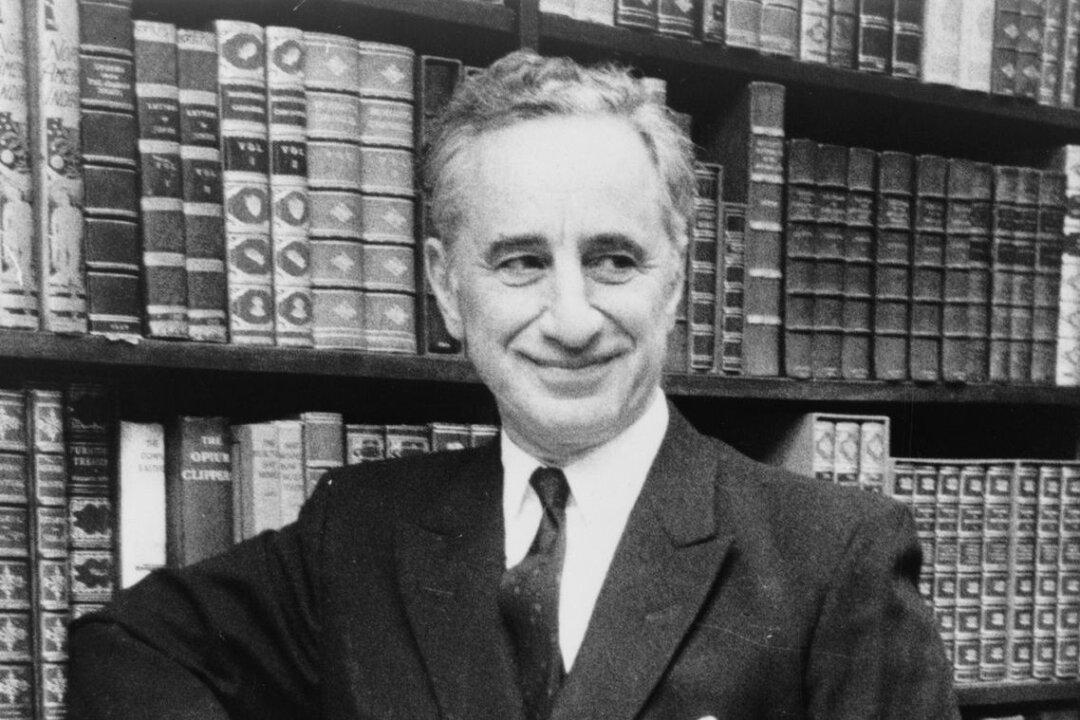You may know the story. President Lincoln, frustrated in his effort to end slavery while preserving the Union, stooped wearily from his great height to shake the lady’s proffered hand. “So you’re the little woman,” he said, “who wrote the book that made this great war.” The book was “Uncle Tom’s Cabin.”
Harriet Beecher Stowe was born in 1811. Her father Lyman, a fiery Calvinist pastor, instilled in his 11 children a passion for religion and social reform. All of Harriet’s brothers would make their mark as ministers, authors, and orators. One was Henry Ward Beecher, who, according to professor emeritus Barbara White’s “The Beecher Sisters,” became the most famous preacher in America. Her sister Catharine, a pioneer in women’s education, founded several schools to instruct girls in subjects usually reserved for boys, like Latin, algebra, and philosophy. In 1824, Harriet became first a student and later a teacher at her sister’s Hartford Female Seminary.






